This site uses affiliate links, meaning that if you make a purchase through our links, we may earn an affiliate commission.
If you think that Golden Pavilion in Kyoto is overrated, get ready to be proven wrong! It is a sight out of this world!
A temple covered in gold with a golden phoenix that stands on top of its roof is definitely a magnificent sight. And, when the sun hits it, you really will be in awe.
Here is everything you need to know about Golden Pavilion in Kyoto – interesting facts, how to visit, and what to see.
Before we dive in, I am just wondering if you are planning any day trips from Kyoto. Make sure not to miss Miyajima Island, the Island of the Gods. Check out: Perfect Day Trip to Miyajima Island from Kyoto, Osaka, or Hiroshima.
- 1. Cool Things to Know About Golden Pavilion (Kinkaku-ji) before You Visit
- 2. How to Visit Golden Pavilion (Kinkaku-ji)
- 3. Map of the Golden Pavilion Temple Grounds
- 4. What to See at Golden Pavilion (Kinkaku-ji)
- 5. Is Golden Pavilion Covered with Real Gold?
- 6. Take a Leisurely Stroll Through the Golden Pavilion Garden
Cool Things to Know About Golden Pavilion (Kinkaku-ji) before You Visit
- The Golden Pavilion Temple in Kyoto, or Kinkaku-ji in Japanese, formally named Rokuon-ji, is a Zen Buddhist temple.
- Originally, the Golden Pavilion Temple was a villa called Kitayama-dai. It was owned by a waka poet and statesman Saionji Kintsune.
- In 1397 Ashikaga Yoshimitsu, the 3rd shogun of the Muromachi period acquired it from Saionji Kintsune.
- During the Muromachi period (1397-1441) the villa was the center of what is known as Kitayama Culture.
- Yoshimitsu encouraged the development of the arts, notably noh drama, which originated in China. Yoshimitsu amassed a collection of Chinese paintings overseen by the Ami, Geiami, and Souami families.
- In 1408 the site became a temple for the Zen sect of Buddhism.
- In 1950 the Golden Pavilion was burned down by a 22-year-old novice monk, Hayashi Yoken. Hayashi Yoken then attempted suicide on the Daimon-ji hill behind the building. He survived and was taken into custody and sentenced to seven years in prison. Hayashi Yoken was released in 1955 due to mental illness. He died of tuberculosis shortly after in 1956.
- The present building is a replica completed in 1955 and outfitted with a sophisticated fire safety system, which pumps water from the pond and douses the temple with a high-powered spray. Occasionally fire drills involving 60 firefighters, two helicopters, and seven fire trucks are held.
- The Golden Pavilion Temple in Kyoto was declared a UNESCO World Heritage site in 1994. It is one of the 14 sites that Kyoto has to offer!
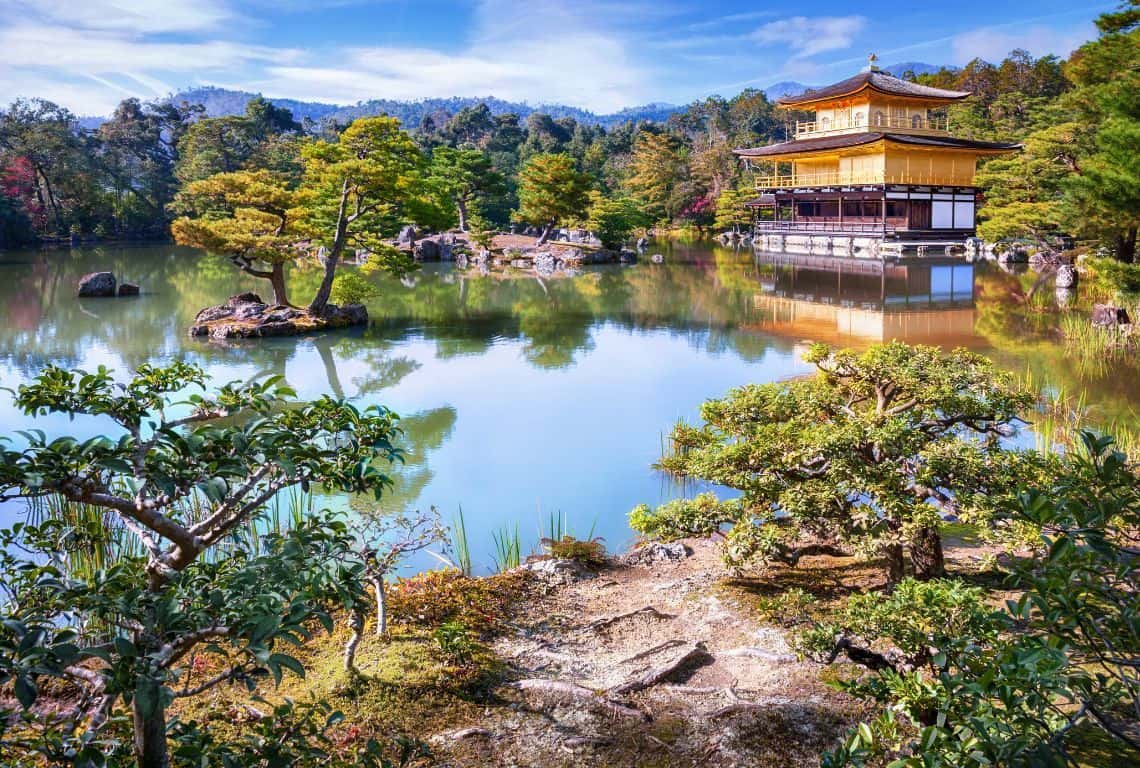
Golden Pavilion in Kyoto / How to Visit and What to See at Golden Pavilion in Kyoto
Golden Pavilion in Kyoto
How to Visit Golden Pavilion (Kinkaku-ji)
It is super simple to get to the Golden Pavilion. If you are at the Kyoto Station, then take city bus #205 (Bus Stop B-3), or city bus #101 (Bus Stop B-2) and get off at Kinkakuji-michi. The journey will take you about 30-40 minutes.
Next, follow the signs for Kinkakuji – Golden Pavilion.
Golden Pavilion Temple and Garden are open daily opening from 9 am to 5 pm. The entrance fee is 400 yen.
This shining beacon is a magnet for tourists! My recommendation is to arrive as early as possible, which will ensure that you will be able to capture some images without tourists in them.
Map of the Golden Pavilion Temple Grounds

Map of Golden Pavilion and Garden / How to Visit and What to See at Golden Pavilion in Kyoto
Golden Pavilion in Kyoto
What to See at Golden Pavilion (Kinkaku-ji)
The pavilion has three floors, each with its very own architectural style.
- The First Floor of the Golden Pavilion Temple in Kyoto – The Chamber of Dharma Waters
The first floor, the Chamber of Dharma Waters, follows the Shinden style, a popular style for the 11th-century Heian period mansions. It consists of a single room surrounded by a veranda.
The wooden shutters called Shitomido separate the inside of the room from the outside. The shutters only reach halfway to the ceiling which lets in natural light.
- The Second Floor of the Golden Pavilion Temple in Kyoto – The Tower of Sound Waves
The Tower of Sound Waves is the name of the second floor of Kinkaku-ji. This floor is modeled after the buke-zukuri style of samurai homes. It appeared first during the Kamakura period when the warrior class (bushi) began rising to power.
The buke-zukuri style was simple and practical. The main building, with a single roof, usually had four rooms with tatami mats, with a porch (engawa) in the back leading to a small garden.
The exterior of the second floor is entirely covered in golden leaves.
The second floor, also, houses an icon of the Bodhisattva Kannon, the Goddess of Mercy.
- The Third Floor of the Golden Pavilion Temple in Kyoto – The Cupola of the Ultimate
The third floor known as the Cupola of the Ultimate follows the Chinese Zen style and is also covered in gold leaves outside as well as inside.
There is a reliquary that holds some of the ashes of the Buddha.
The katomado, bell-shaped, windows let in natural light.
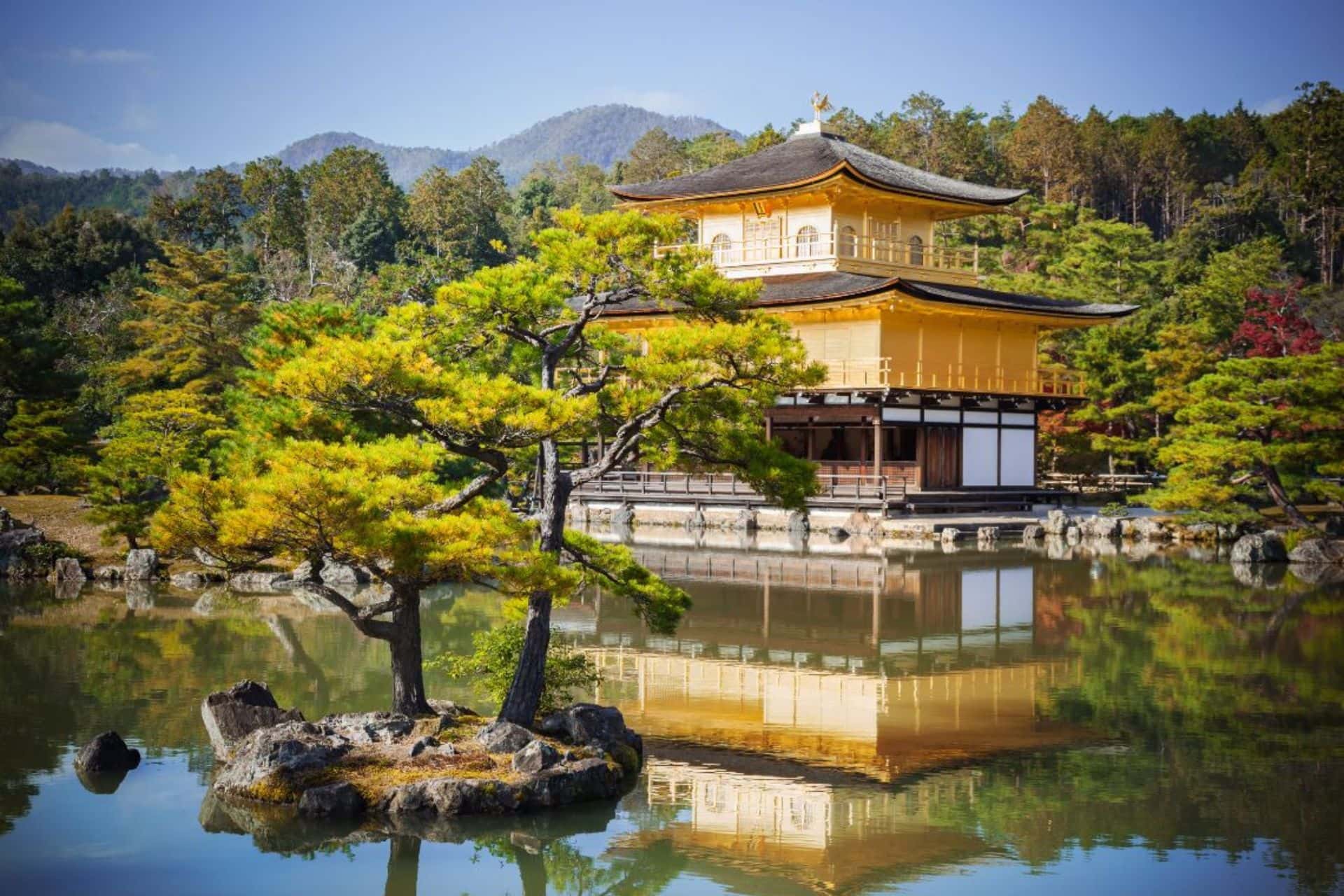
Golden Pavilion in Kyoto / How to Visit and What to See at Golden Pavilion in Kyoto
Golden Pavilion in Kyoto
At the very top of the Golden Pavilion sits the Phoenix.
In Japanese mythology since the mid-6th century, the Phoenix is called Hō-ō.
The Phoenix, or a sunbird brings goodwill as it descends from the heavens. It is, also, symbolic of an imperial household.
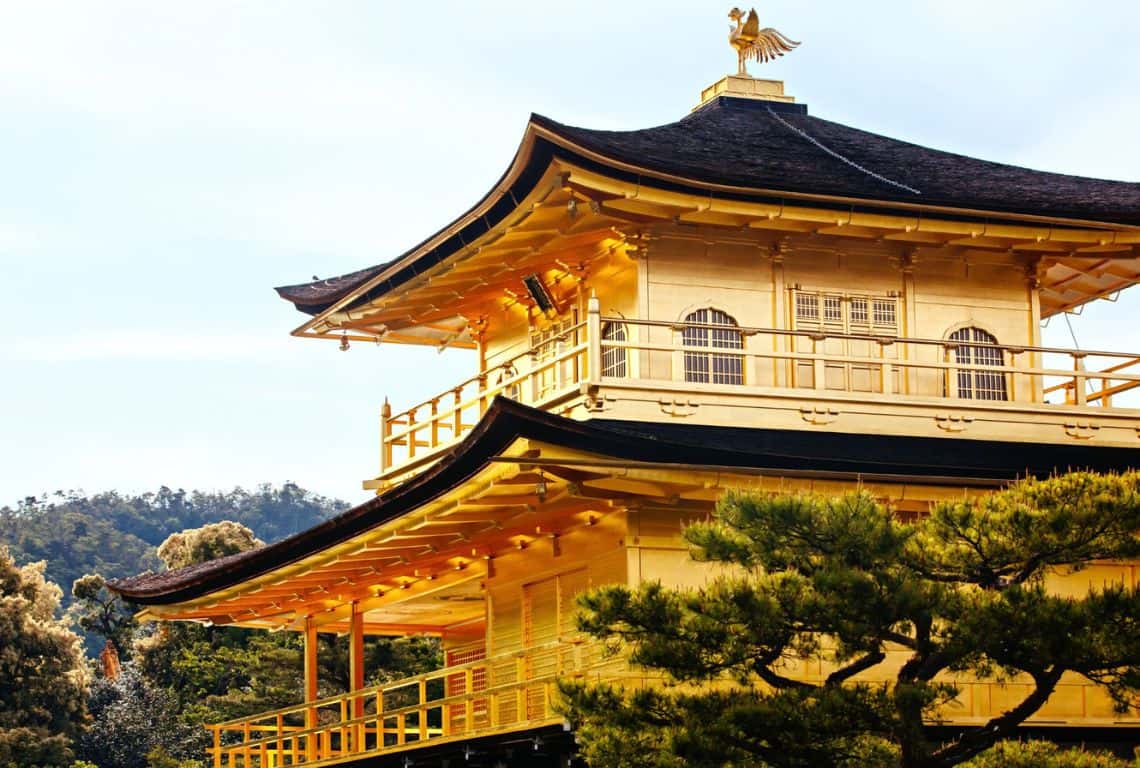
Golden Pavilion in Kyoto / How to Visit and What to See at Golden Pavilion in Kyoto
Golden Pavilion in Kyoto
Is Golden Pavilion Covered with Real Gold?
You might be wondering if the Golden Pavilion Temple in Kyoto is covered in real gold. Yes! It is real gold!
The second and third stories of Golden Pavilion have approximately 48 kilograms of gold!
All this gold is maintained by a single person, Takesato Yagyu.
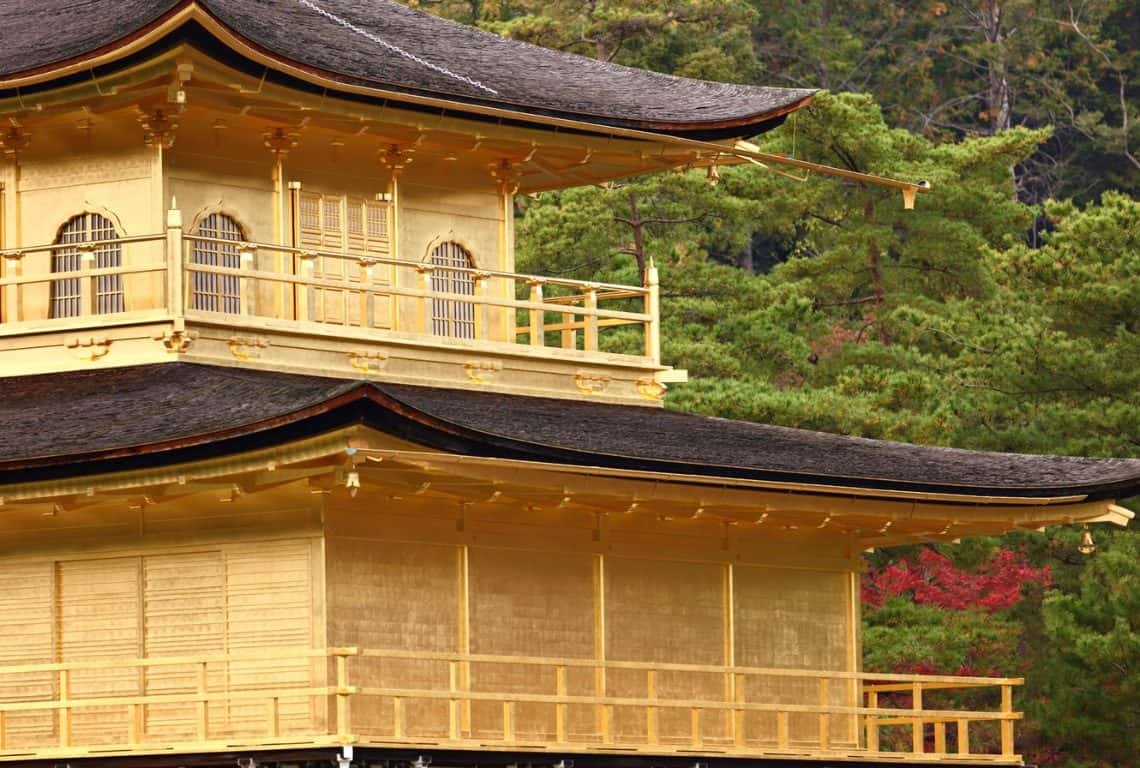
Golden Pavilion in Kyoto / How to Visit and What to See at Golden Pavilion in Kyoto
Golden Pavilion in Kyoto
Takesato Yagyu constantly cleans, dusts, and spends countless hours re-applying the gold foil sheets on the areas that need re-touching. Needless to say, re-applying the gold foil sheets is a labor-intensive job. The gold foil sheets are only 10.8 centimeters square and they are as thin as five 10,000th of a millimeter.
Now, the gold foil can easily wrinkle when applied. In addition, it can get scratched when cleaned or dusted.
Takesato Yagyu’s work can only be done when the weather conditions are just right!
Actually, there has to be no wind, no rain, no high humidity, no high temperatures, and the list goes on, for Yagyu to be able to start working on applying the gold sheets.
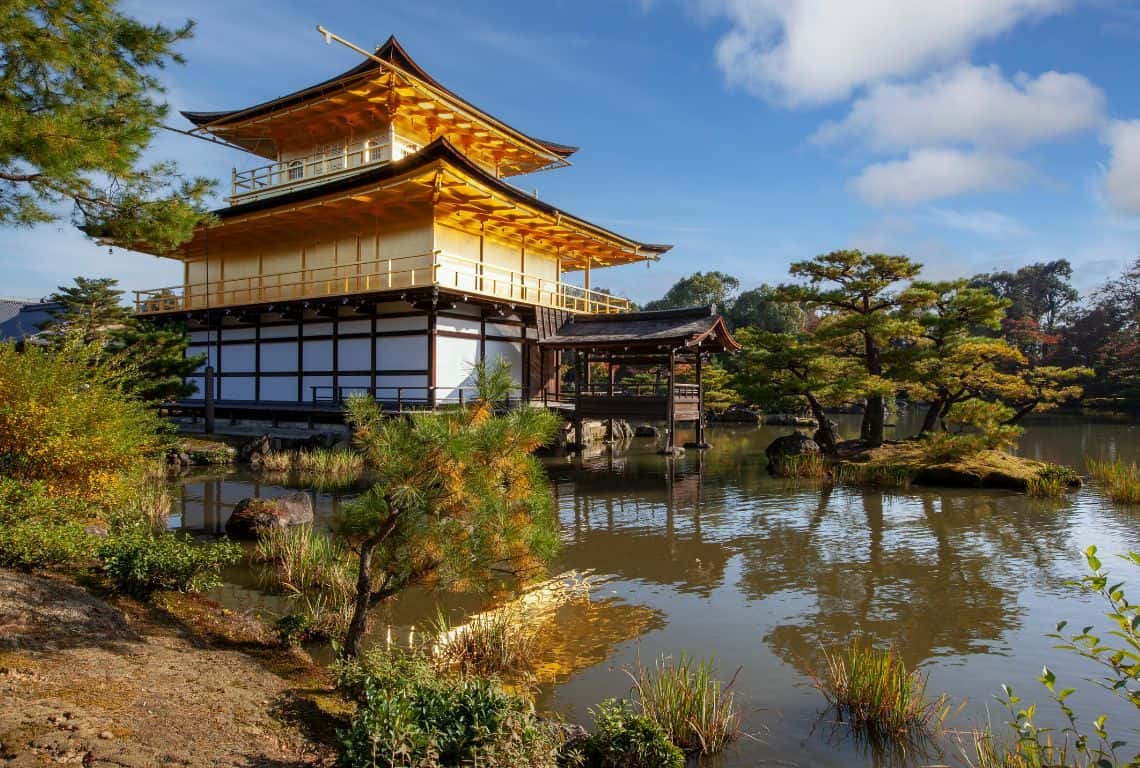
Golden Pavilion in Kyoto / How to Visit and What to See at Golden Pavilion in Kyoto
Golden Pavilion in Kyoto
For example, high humidity causes the lacquer which is applied to the back of the gold sheets to dry too quickly. Or, if the temperatures are too high, then the lacquer becomes too soft and less sticky. Needless to say, Yagyu watches the weather reports very carefully.
When Yagyu is working, he wears long sleeve shirts to prevent sweat from damaging the foils. When he works on the ceiling, he holds his breath to minimize the gaps between sheets that breathing creates.
And finally, to keep the Golden Pavilion Temple in Kyoto bright and shiny, Yagyu polishes the gold foils with silk wipes.
Take a Leisurely Stroll Through the Golden Pavilion Garden
After you are done photographing the Golden Pavilion Temple, follow a one-way path that winds up through the garden and goes up the hill.
As you are making your way up, you will be able to view the Golden Pavilion from several different locations.
On the way up the hill, you will pass by Anmin-take Pond or Upper Pond. It is said that the water never dries up in this pond.
Next, you will pass by Sekkatei Teahouse which was built during the 17th century in honor of the visit of Emperor Go-Mizunoo. The modesty of this teahouse compared to the Golden Pavilion focuses the guest’s attention on the tea ceremony.
The Golden Pavilion is especially beautiful when seen from this spot in the late afternoon sun. The beauty of the view is reflected in the teahouse name, Sekkatei (Place of Evening Beauty).
At the end of the path, you will get to Fudo Hall, a small Buddhist temple hall. Fudo Myo-o is one of Japan’s most important Buddhist deities.
Fudo Myo-o is one of the most important deities of Japanese Buddhism. He is the guardian of Buddhism and one of the Five Wisdom Kings along with Gōzanze, Gundari, Daiitoku, and Kongōyasha. When the Five Wisdom Kings are represented together, he usually is in the middle.
As you finish your tour of the Golden Pavilion Grounds, take a look at the meticulously maintained garden with a pond surrounding Golden Pavilion.
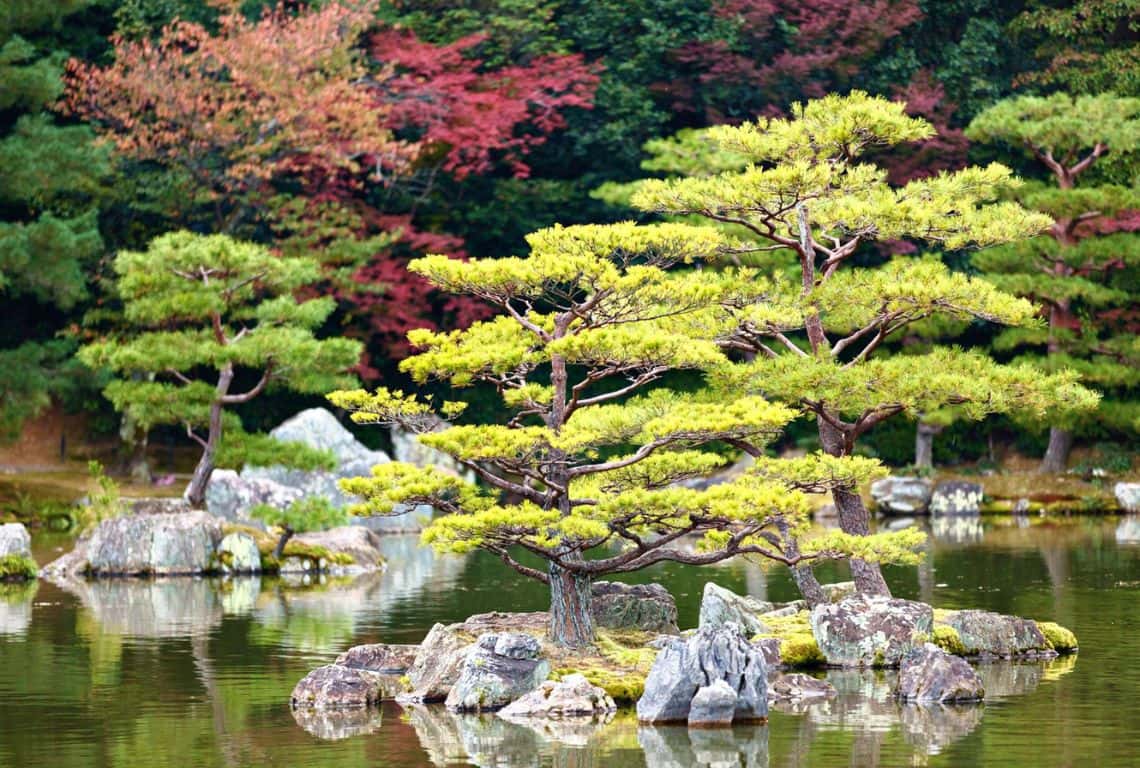
Garden and Pond Surrounding Golden Pavilion in Kyoto / How to Visit and What to See at Golden Pavilion in Kyoto
Golden Pavilion in Kyoto
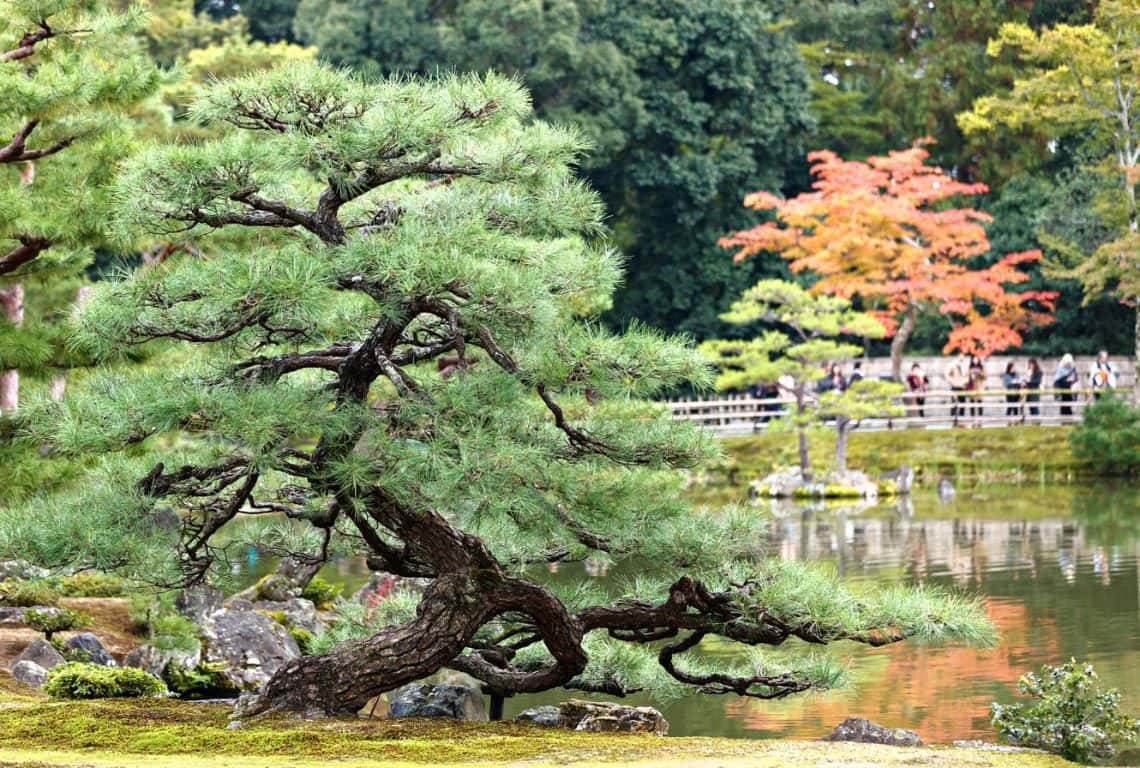
Garden and Pond Sourrounding Golden Pavilion in Kyoto / How to Visit and What to See at Golden Pavilion in Kyoto
Golden Pavilion in Kyoto
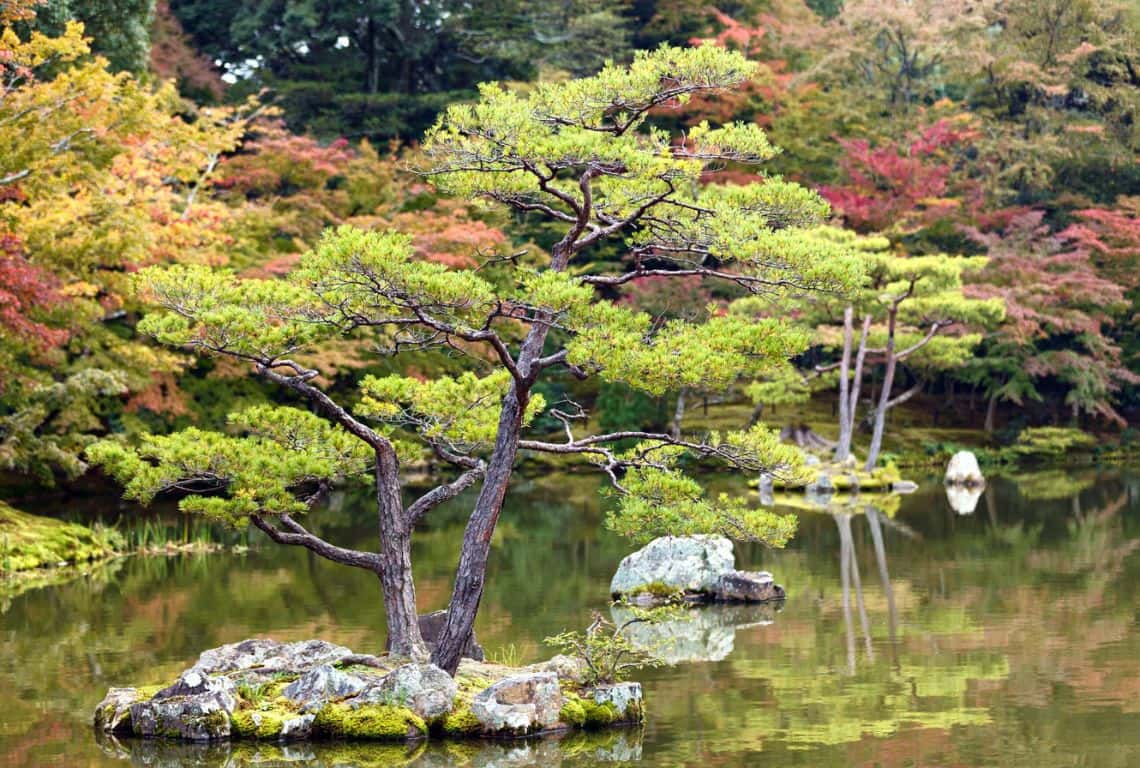
Garden and Pond Surrounding Golden Pavilion in Kyoto / How to Visit and What to See at Golden Pavilion in Kyoto
Golden Pavilion in Kyoto
Now, It Is Your Turn, I Would Like to Hear Back from You!
Are you planning a trip to Kyoto? Is Golden Pavilion on your list of places to visit in Kyoto? Let me know! Leave a comment right below.
More Information About Japan:
14 Amazing Things to Do in Arashiyama (Map+Useful Tips)
What to See at Nijo Castle in Kyoto (10 Top Things to Know)
Stunning Golden Pavilion in Kyoto (How to Visit and What to See)
Amazing Fushimi Inari Taisha in Kyoto (8 Things to Know Before You Visit)
First Visit to Kyoto – How to Visit and What to See (11 Things You Can’t Miss)
Did You Find How to Visit and What to See at Golden Pavilion in Kyoto Useful?
Why Not Save It to Your Pinterest Board!
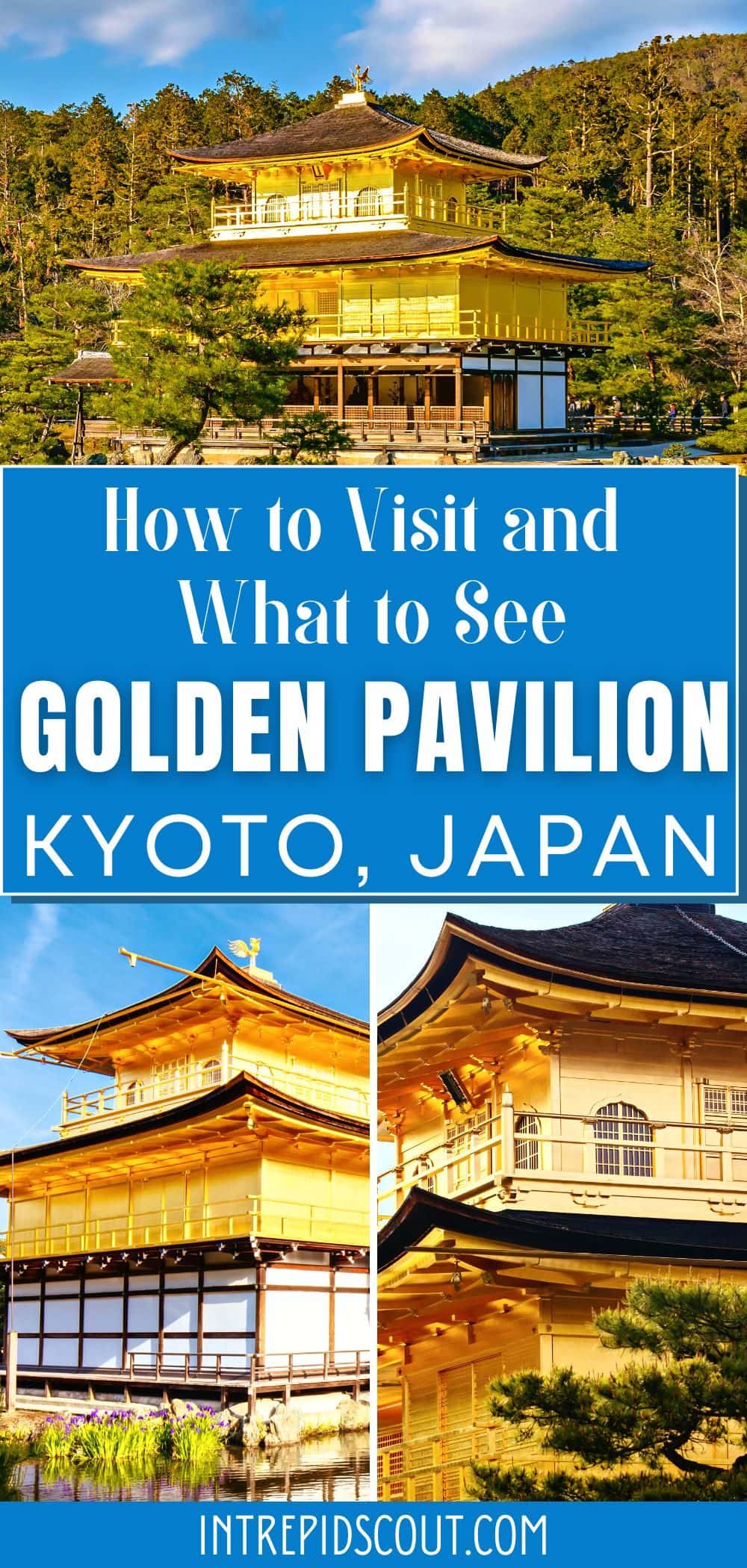
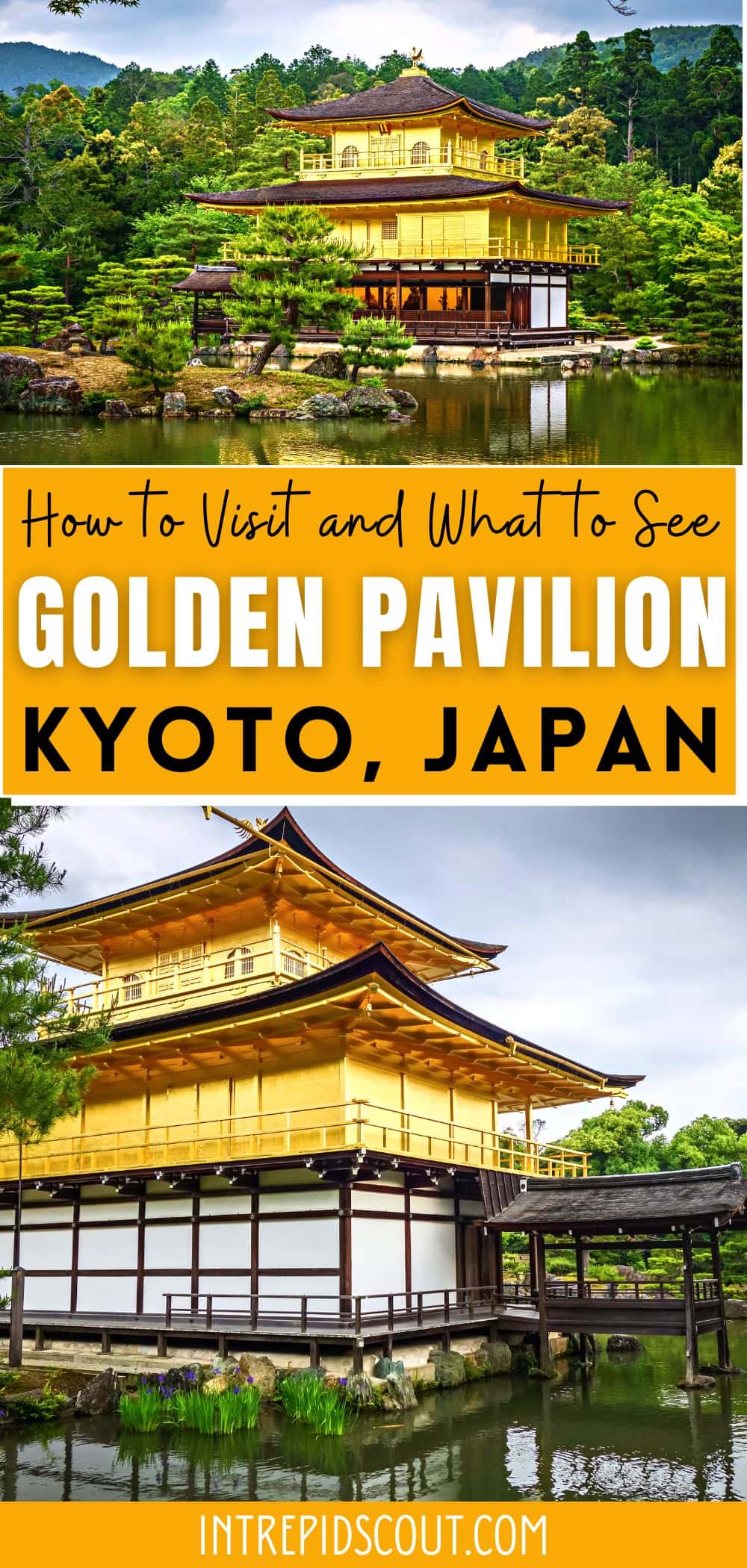
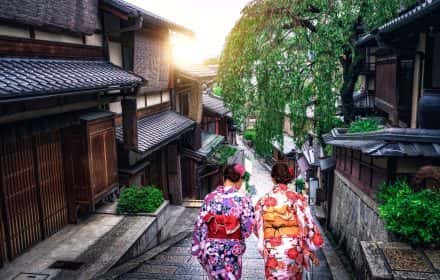
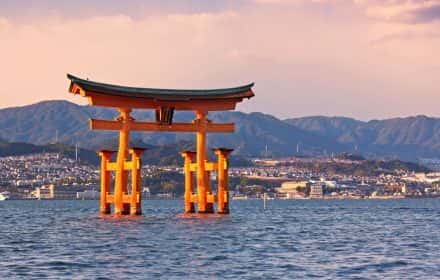
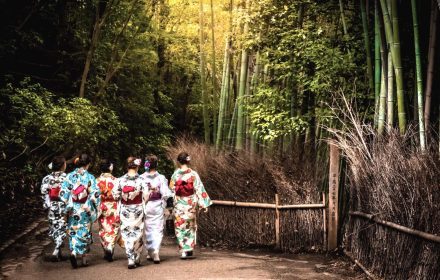
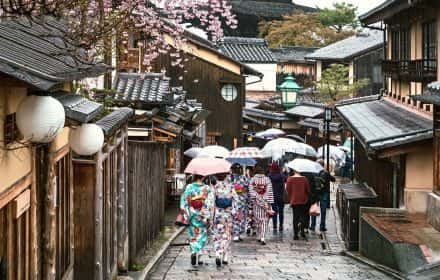
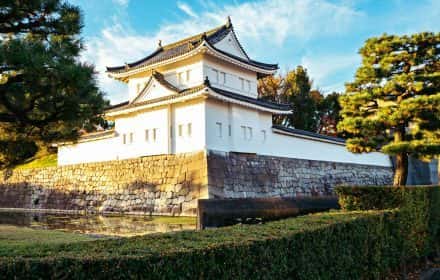
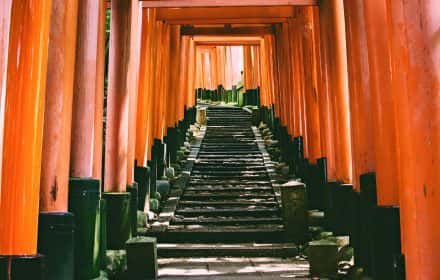
Comments:
10 thoughts on “Stunning GOLDEN PAVILION in KYOTO (How to Visit and What to See)”
We only had a limited time in Kyoto that’s why we weren’t able to visit the Golden Pavilion, although we got to explore a lot of the major spots in Kyoto such as the fushimi inari shrine, kiyomizu dera temple, bamboo forest, and gion, it would have been perfect if we were able to visit the Golden Pavilion in our Kyoto trip
Oh you have done a lot! And, you have seen some major sights. Sometimes our time is so limited that we need to be selective. Maybe next time you are in Kyoto, you will see Golden Pavilion.
We absolutely loved Kyoto! I don’t think we made it to the Gold Pavilion, but we saw the silver one and so many shrines. Kyoto is simply stunning any time of year 🙂
So true! Kyoto is amazing. Every time I go, I discover something new.
You’re giving us an entire bucket lists of Japanese castles to visit!!
I love castles! Each has a different story to tell and I love history.
I haven’t been to Kyoto yet but once again, your detail is amazing and informative. So sad it was burnt down but I applaud the Japanese for their ingenuity and attention to detail.
Hi Genevieve!
Thank you for your comment! Golden Pavilion is so well restored and maintained.
Anna
I am impressed with the gold foil on the temple. The application of the foil sounds very labour intensive for the craftsman, but oh so beautiful and shiny.
Thank you for your comment, Tania! It is definitely worth visiting.